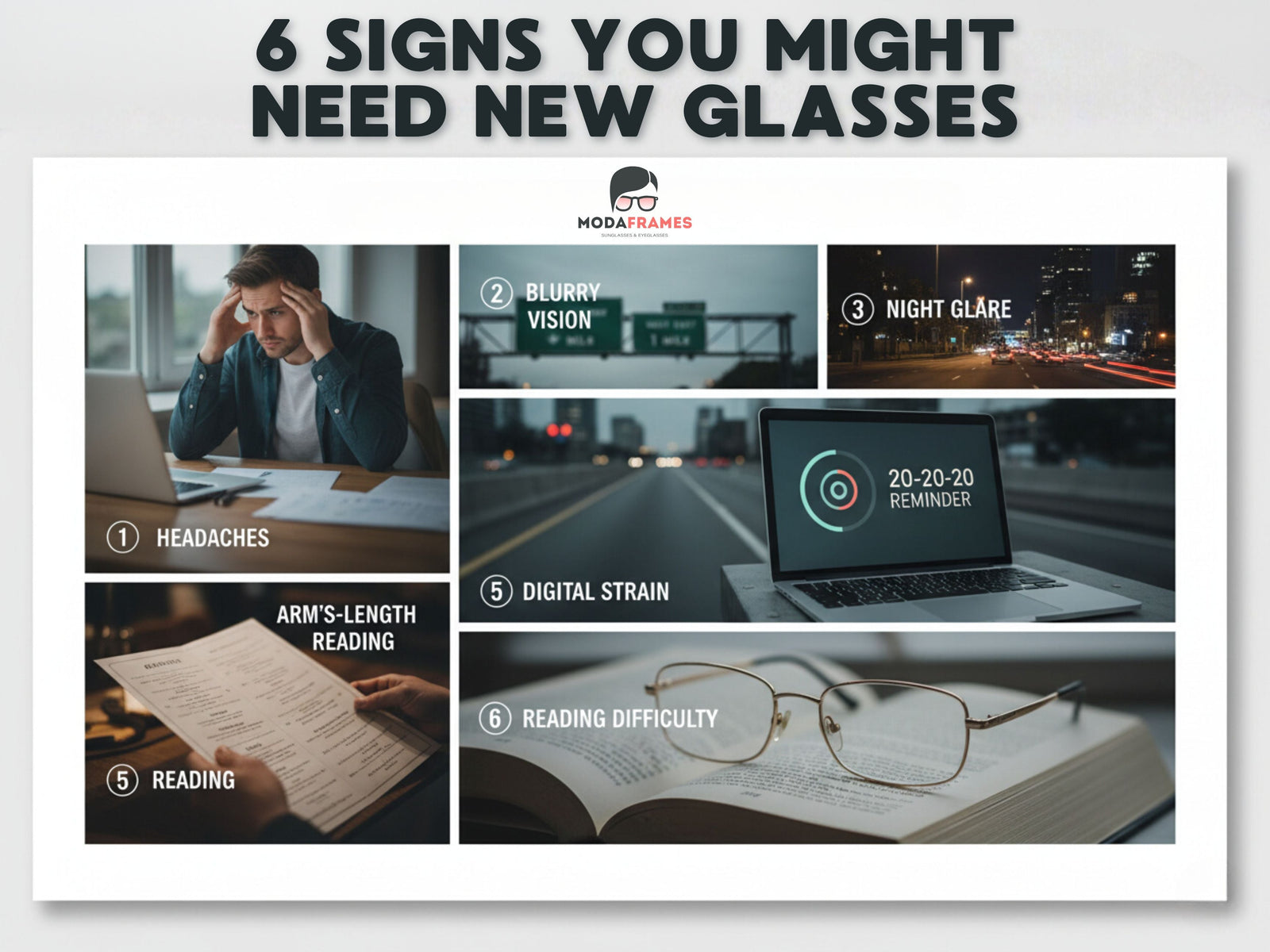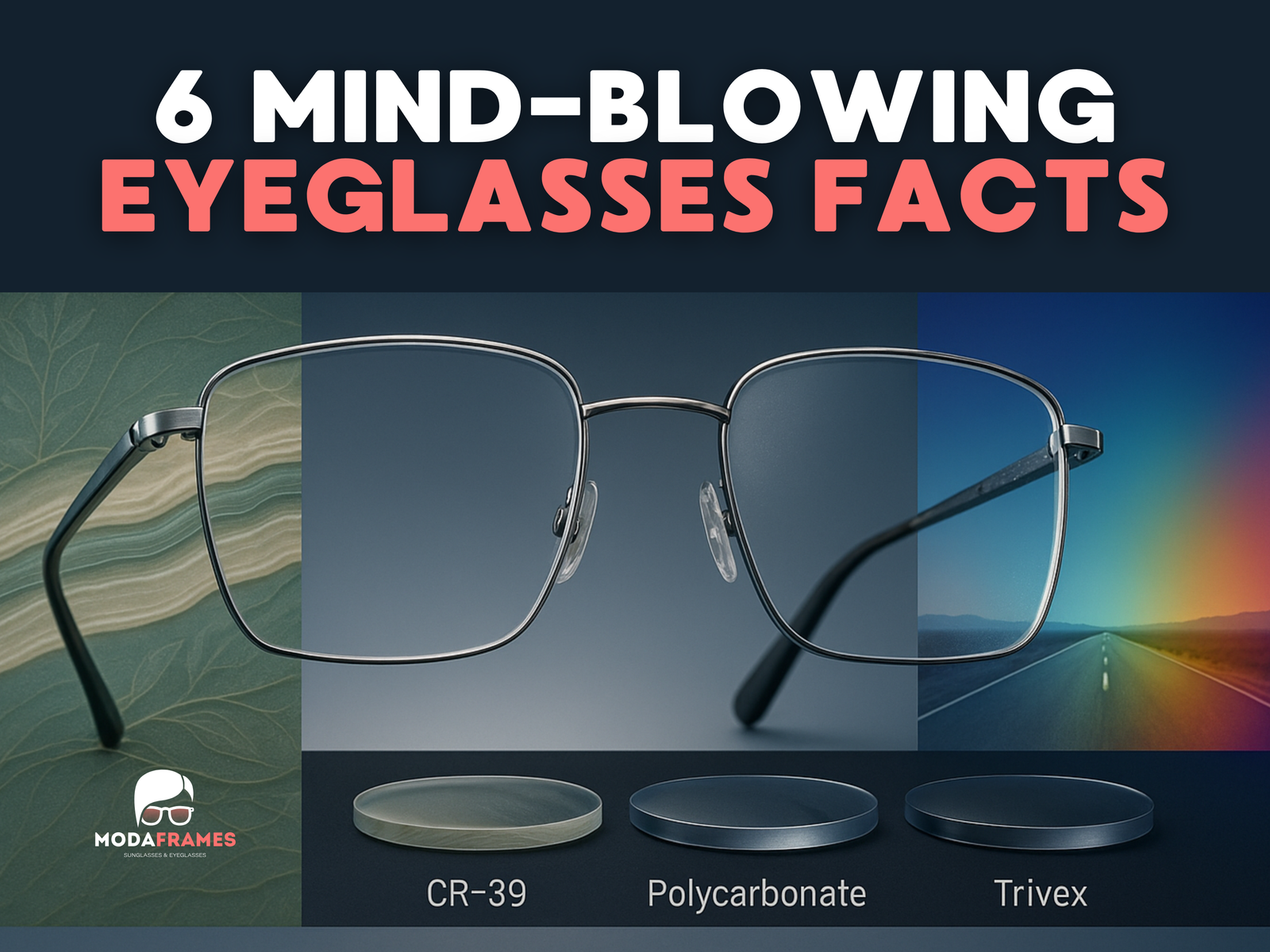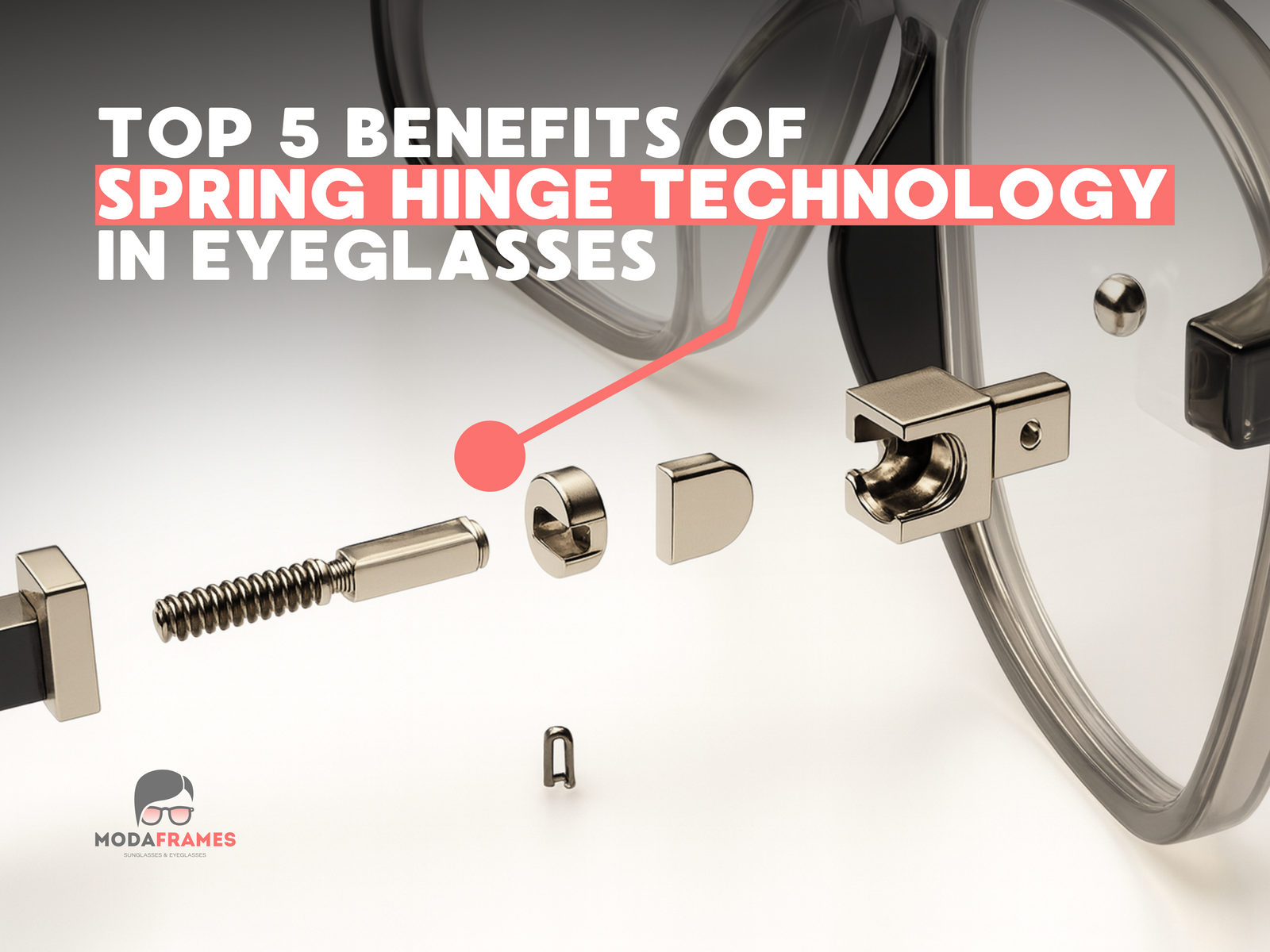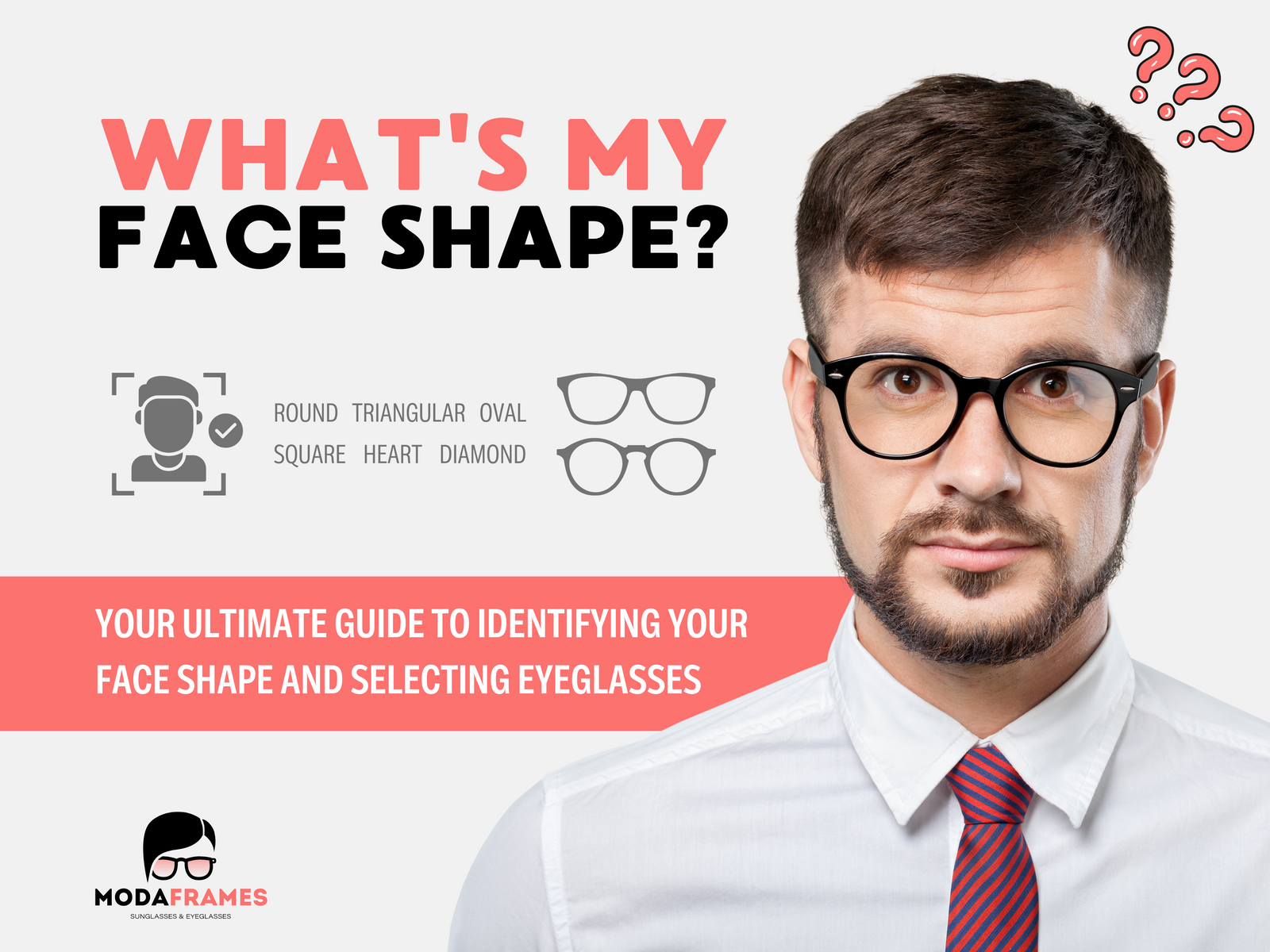Glasses vs contacts: beyond the obvious pros and cons, this guide reveals finance, lifestyle, and health realities that most people miss.
Introduction: Beyond the Obvious

The classic "glasses versus contacts" debate is a rite of passage for anyone needing vision correction. We’ve all seen the basic lists: glasses are easy but can fog up; contacts offer freedom but require cleaning. While these points are valid, the real story is far more complex and interesting than a simple pros-and-cons tally.
The decision to wear glasses, contacts, or both is layered with financial realities, lifestyle nuances, and health risks that most people never consider. Forget the surface-level arguments. We're about to reveal four surprising truths, backed by research and data, that will change how you think about your vision correction and empower you to see the bigger picture.
1. The Financial Surprise: You’re Thinking About Cost All Wrong

The common assumption in the eyecare world—and among patients—is that selling a pair of glasses is more profitable for an optometry practice than selling contact lenses. On a single transaction, that’s true. But when you look at the long-term value of a patient, the script flips completely.
Data from the Review of Optometric Business reveals a powerful financial insight. While a single eyewear sale generates an average profit of $138, compared to just $38 for a typical contact lens sale, the lifetime value of a contact lens patient is dramatically higher.
Over a six-year period, the average contact lens patient generates $1,370 in revenue for a practice. In contrast, an eyeglasses-only patient generates just $800 in the same timeframe.
Why the huge difference? Contact lens wearers are more engaged with their eye health. They schedule more frequent exams, pay higher fees for those specialized exams, and are more likely to purchase backup glasses and prescription sunglasses in addition to their lenses. This consistent engagement makes them far more valuable to a practice over time, a counter-intuitive reality that shapes the entire eyecare industry.
Building the practical side of your budget? Explore affordable, durable options in our Eyeglasses and Sunglasses collections to complement contacts with a reliable backup pair. For readers at the desk, see our Readers.
Financial Benchmarks (Practice Revenue)
| Metric | Glasses | Contacts |
|---|---|---|
| Avg. profit per sale | $138 | $38 |
| 6-year patient revenue | $800 | $1,370 |
2. The Lifestyle Reality: It's Not a Competition, It's a Toolkit

The idea of being either a "glasses person" or a "contacts person" is becoming outdated. The modern approach to vision correction is not an either/or choice but about building a versatile toolkit for your life. A growing number of people are dual users, switching between glasses and contacts based on their activity, environment, and even their mood.
A survey published in the CRO (Clinical & Refractive Optometry) Journal quantified just how situational this choice has become for people who use both. The results paint a clear picture of eyewear as a tool for specific occasions:
- Glasses Preferred: Working from home (60%) and air travel (40%) were top situations for glasses, where comfort and ease take priority.
- Contacts Preferred: For social and active scenarios, contacts were the clear winner. They were favored for dining out (64%), nightlife (72%), sports and active times (81%), and even at the workplace (51%).
This data shows that the best vision solution isn't about committing to one device. It’s about having the flexibility to choose the right tool for the job, whether that job is a marathon, a business meeting, or a quiet evening on the couch.
To keep your “toolkit” flexible for glasses vs contacts days, add a stylish backup from Eyeglasses for WFH and blue-light needs, плюс защиту на улицу — Sunglasses. Новинки смотрите в New Arrivals.
Scenario vs Preferred Device (Dual Users)
| Scenario | Preferred | Share |
|---|---|---|
| Working from home | Glasses | 60% |
| Air travel | Glasses | 40% |
| Dining out | Contacts | 64% |
| Nightlife | Contacts | 72% |
| Sports & active time | Contacts | 81% |
| Workplace | Contacts | 51% |
It’s not “contacts vs glasses” — it’s which tool is right for this moment.
4. The Hygiene Mistakes: You’re Probably Cleaning Your Lenses Incorrectly

Even for those who diligently clean their reusable contacts every night, a few common but dangerous shortcuts can undermine their efforts and put their eye health at risk. According to the CDC, some of the most widespread contact lens hygiene mistakes are habits that seem minor but can have major consequences.
Here are the critical "Don'ts" of contact lens care:
- Don't "top off" your solution. Never mix fresh disinfecting solution with the old, used solution left in your case from the day before. Topping off dilutes the fresh solution and significantly reduces its ability to kill harmful germs. Always start with a completely empty, rinsed case and fill it with new solution.
- Don't use tap water. You should never use tap water to rinse your lenses or your storage case. Water is not sterile and can contain dangerous microorganisms, most notably Acanthamoeba, an amoeba that can cause a rare but severe, vision-threatening infection.
- Don't forget the case. Your lens case can be a breeding ground for bacteria. Every day, you should rub and rinse the case with fresh contact lens solution (never water), then empty it completely. Store it upside down with the caps off on a clean tissue to let it air dry.
These seemingly small habits are, in fact, the most critical steps in preventing contamination and ensuring your lenses are safe to wear day after day. If you prefer to lean more on spectacles to reduce handling time with lenses, consider a well-fitting pair from our Eyeglasses and upgrade hinges for comfort — see: Spring Hinge Benefits and Eyeglasses Facts.
Hygiene Don’ts & Why It Matters
| Don’t | Risk / Why It Matters |
|---|---|
| Topping off solution | Insufficient disinfection → higher microbial load |
| Rinsing with tap water | Exposure to pathogens (e.g., Acanthamoeba) |
| Neglecting the case | Bacterial biofilm growth → contamination of lenses |
Conclusion: Seeing the Full Picture

The choice between glasses and contacts is no longer a simple binary decision. It's a dynamic, personal calculation involving long-term costs, situational needs, and a serious commitment to health and hygiene. The most empowering approach is to see your vision correction not as a single choice, but as a customized system.
The ideal solution might be a primary pair of glasses with daily contacts for the gym, or monthly contacts with a stylish backup pair for lazy weekends. By understanding the full context—from financial incentives to hidden health risks—you can build a vision toolkit that is perfectly tailored to your budget, your lifestyle, and your well-being.
Now that you see the whole picture, are you using the right tools to truly see your world?
Stop treating contacts vs glasses as a rivalry — treat them as teammates in the same playbook.
Build Your Vision Toolkit (Shop Smarter)
Whether your day leans glasses or contacts, round out your setup with a comfortable backup pair and sun protection. Discover durable frames and fit-friendly hinges for long WFH sessions, then switch to lightweight contacts + prescription sunglasses for active hours.
FAQ
Is it better to wear glasses or contacts for computer work?
Most users prefer glasses for long screen time due to reduced dryness and easier blue-light filtering. Keep contacts for short active sessions and social plans later.
What is Contact Lens Overwear Syndrome (CLOS)?
A condition linked to insufficient corneal oxygen from prolonged lens wear. It’s associated with tissue changes (e.g., reduced goblet cell density) that may impact long-term eye health.
Do I still need glasses if I mainly wear contacts?
Yes. Always keep a backup pair for sick days, travel, late nights, or when lenses feel dry. It’s part of a safer “vision toolkit.”
Are daily contacts safer than monthlies?
Daily disposables reduce handling and storage steps, lowering some contamination risks. Follow your eye doctor’s advice.
What are the biggest contact lens hygiene mistakes?
Topping off solution, using tap water, and neglecting the case. Replace solution fully and let the case air-dry daily.
Can I switch between glasses and contacts in the same day?
Yes — many “dual users” do this. Choose contacts for activity and glasses for desk work or flights.
Do contacts cause infections?
Contacts themselves don’t, but improper wear/cleaning increases risk (e.g., microbial keratitis). Treat contacts as medical devices.
How do I build a budget for glasses vs contacts?
Plan for both: a reliable pair of glasses, sun protection, and your preferred contact schedule (daily/monthly). Buy frames that fit your routine first.
What features should I look for in glasses for WFH?
Lightweight frames, spring hinges, proper bridge fit and lens coatings for glare/blue-light. See our post on spring hinges.
Where can I learn more about frame care, shipping, and returns?
Check our FAQ, plus shipping and returns pages directly from the site footer.




